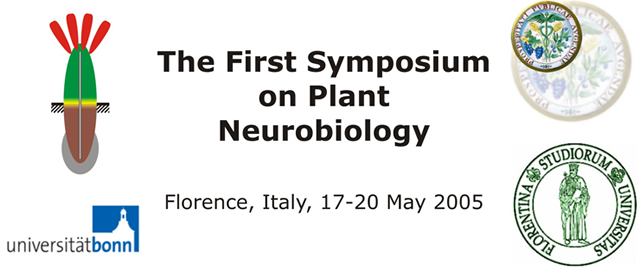|
A
widespread feature of plant disease r esistance is the hypersensitive response (HR), which is characterized by
the formation of necrotic lesions at the infection site and by the restriction of pathogen growth and spread.
Following this local resistance response, tissue distal to the infection site develops a systemic acquired
resistance (SAR) to secondary infection by the same or by different pathogens.
Similarly to what is
observed in the macrophage action during the immune response, one of the earliest events in the HR is the
rapid accumulation of reactive oxygen species (ROS) and nitric oxide (NO) through the activation of enzyme
systems similar to neutrophil NADPH oxidase and nitric oxide synthase. Both NO and ROS are necessary to
trigger host cell death, and several lines of evidence suggest that this cell death results from the
activation of suicide processes. In fact, the HR is thought to be a form of programmed cell death, a
genetically programmed process well known in animals, which is characterized by a distinct set of
morphological and biochemical features.NO and ROS are also components of a highly amplified and integrated
defense system that triggers the local expression of resistance genes. NO also functions independently of ROS
in the induction of various defence genes including pathogenesis-related proteins and enzymes of
phenylpropanoid metabolism involved in the production of lignin, antibiotics and the secondary signal
salicylic acid. NO signaling functions depend on its reactivity and ROS are key modulators of NO in triggering
cell death, although through mechanisms different from those commonly observed in animals.
The
establishment of SAR, an inducible plant defense response, involves the existence of a systemic signal that
migrates from infected to systemic, non infected leaves and requires SA. Compelling evidence indicates that
SA, although necessary both for local resistance and for SAR induction, is not the long-distance signal
molecule that triggers systemic resistance. In mammals, NO circulates in the blood as S-nitroso adducts of
proteins, or as low molecular weight S-nitroso thiols, such as nitroso glutathione (GSNO). This molecule,
believed to act as both an intra- and intercellular NO carrier, is a powerful inducer of plant defense genes.
Since glutathione is a major metabolite in the phloem, where the SAR signal is transmitted, it can be
hypothesized that excess NO produced during the HR binds to glutathione and that in this form it may act as a
long distance SAR signal.
In summary, although several hypotheses still await experimental demonstration it
is now clear that NO and ROS play a key role in disease resistance responses, and further studies of their
regulation and mechanisms of action will offer the possibility to exploit new ways for improving plant
resistance to a number of biotic and abiotic stresses. |

